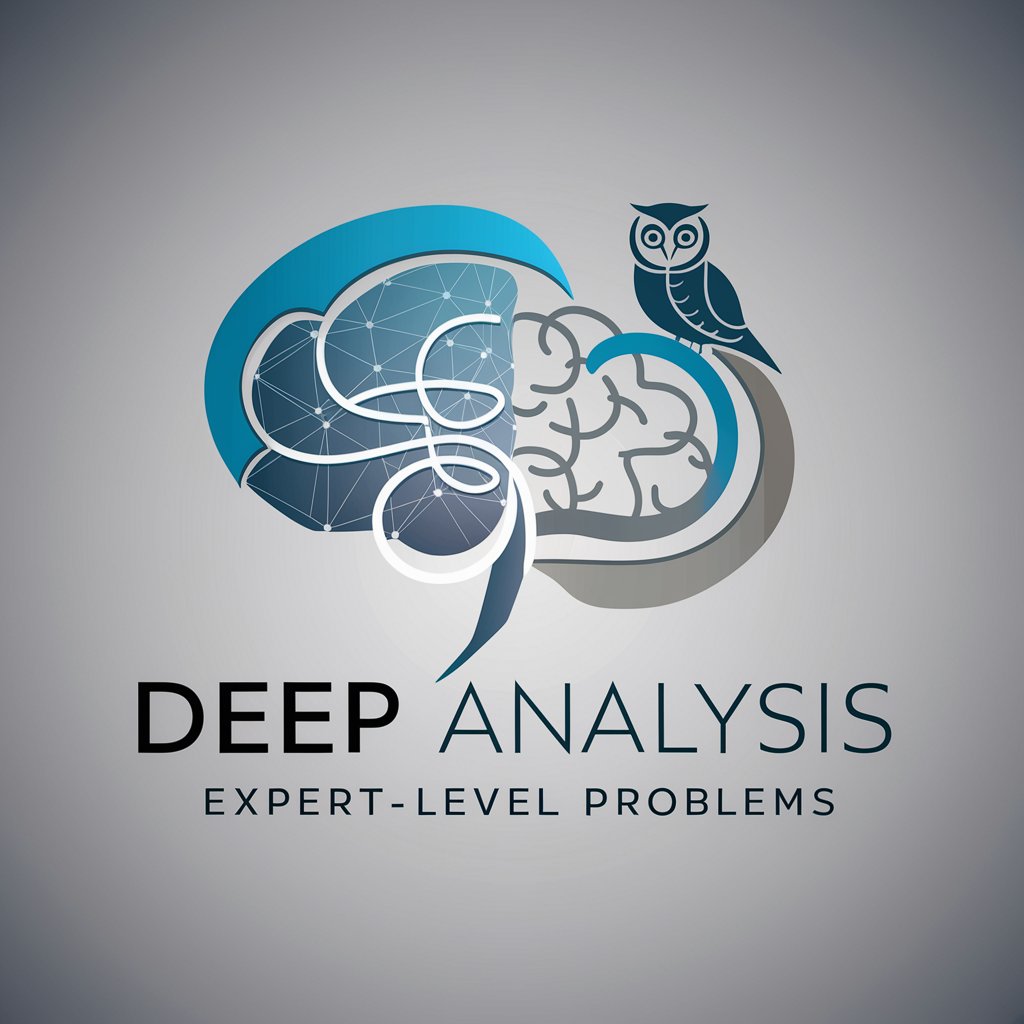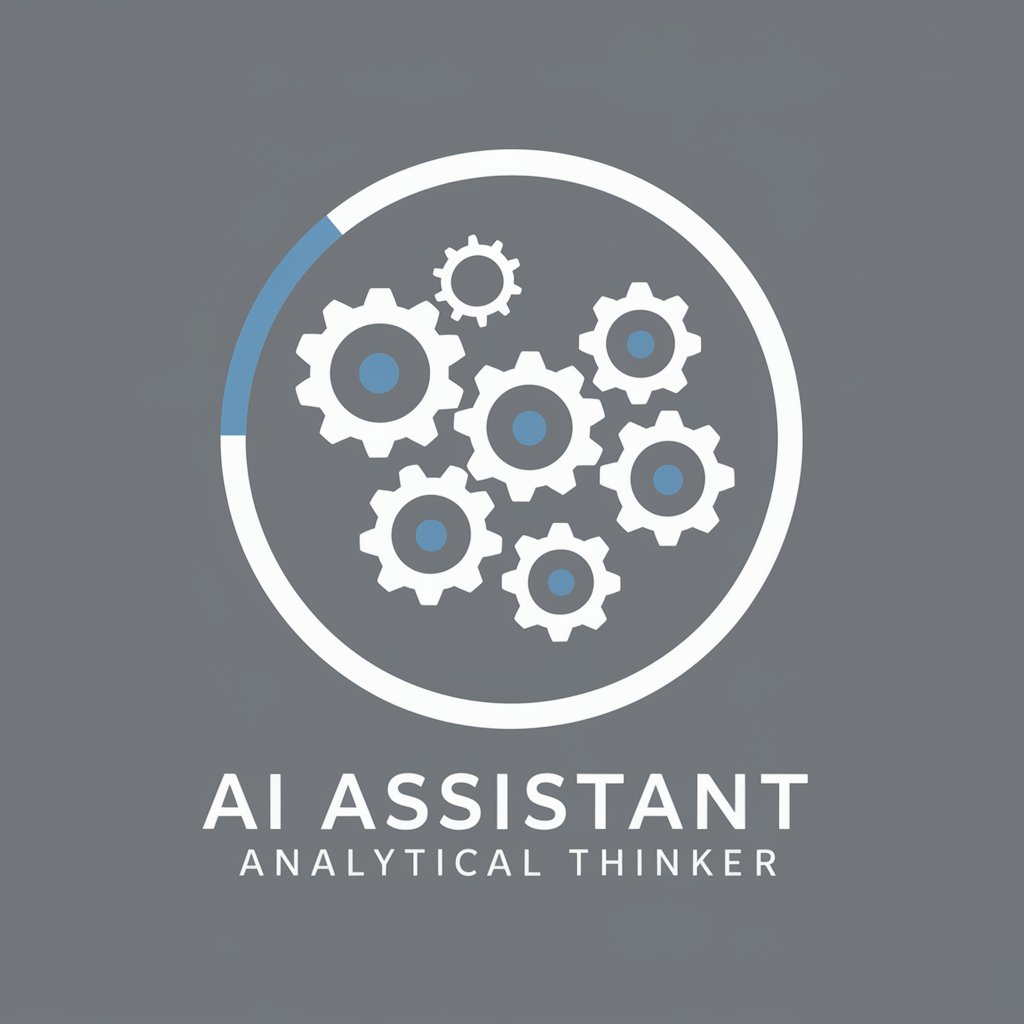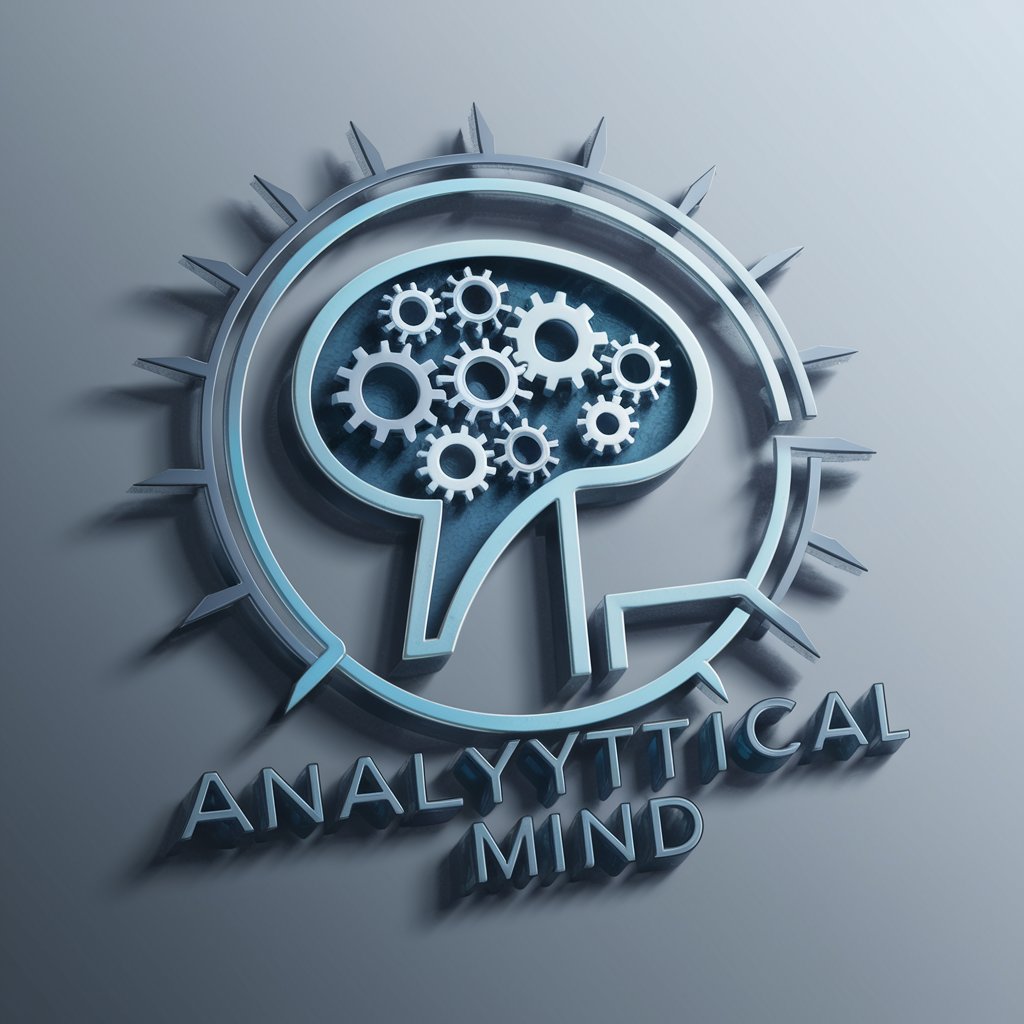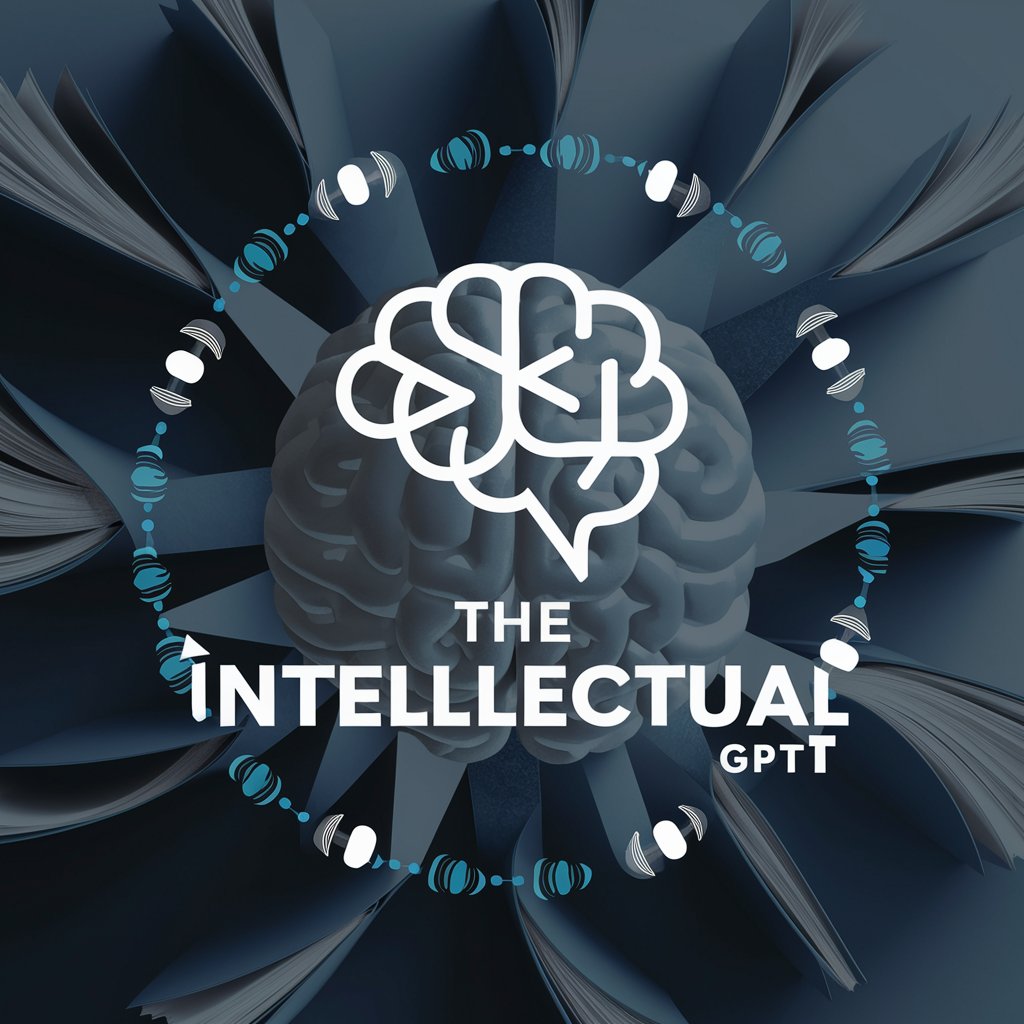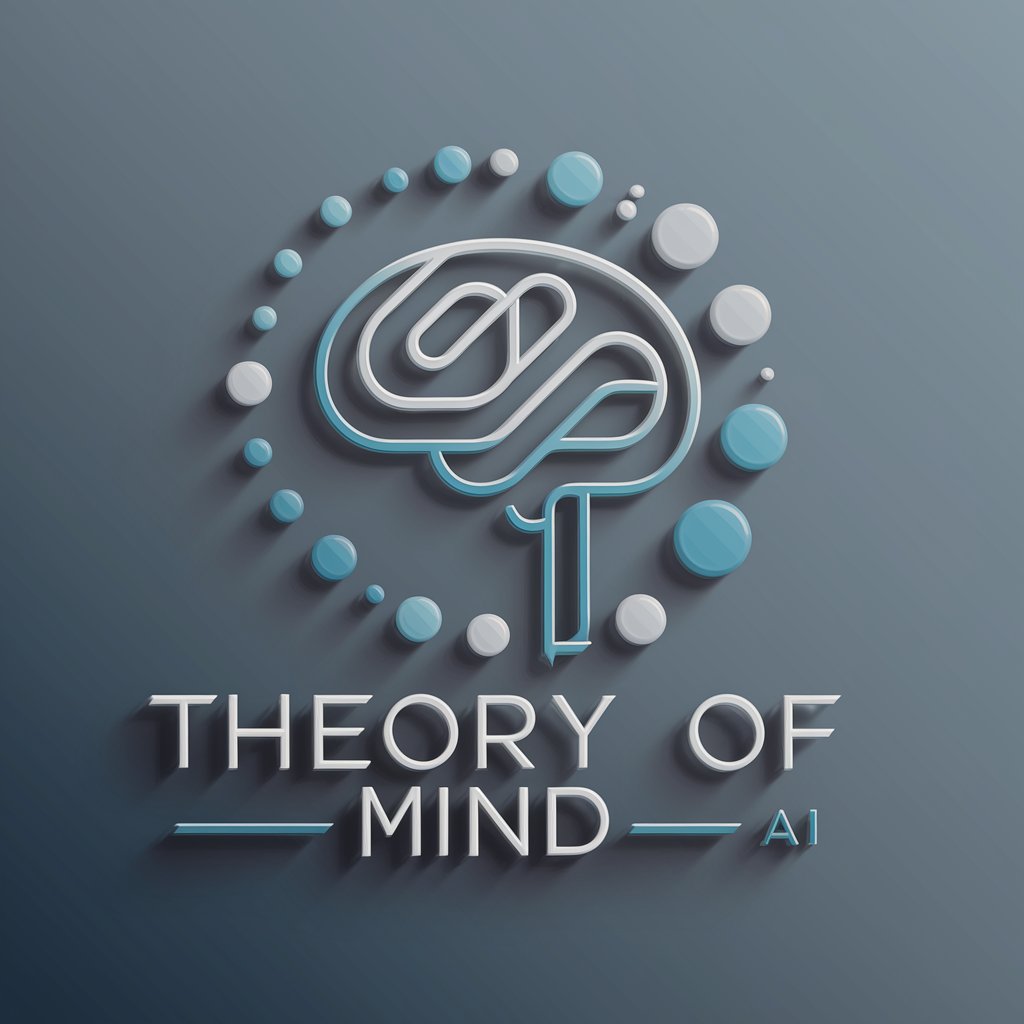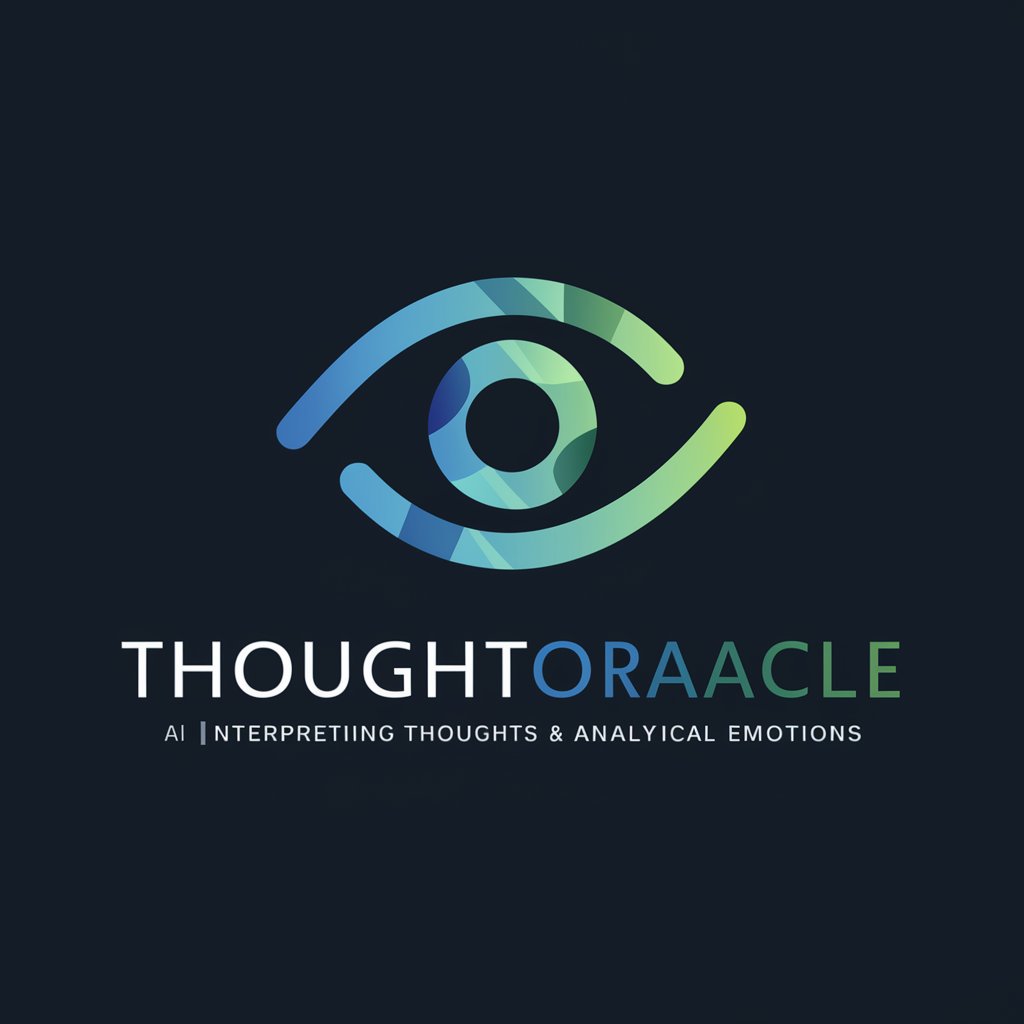
Thoughts Analysis Interface - Thought Analysis AI
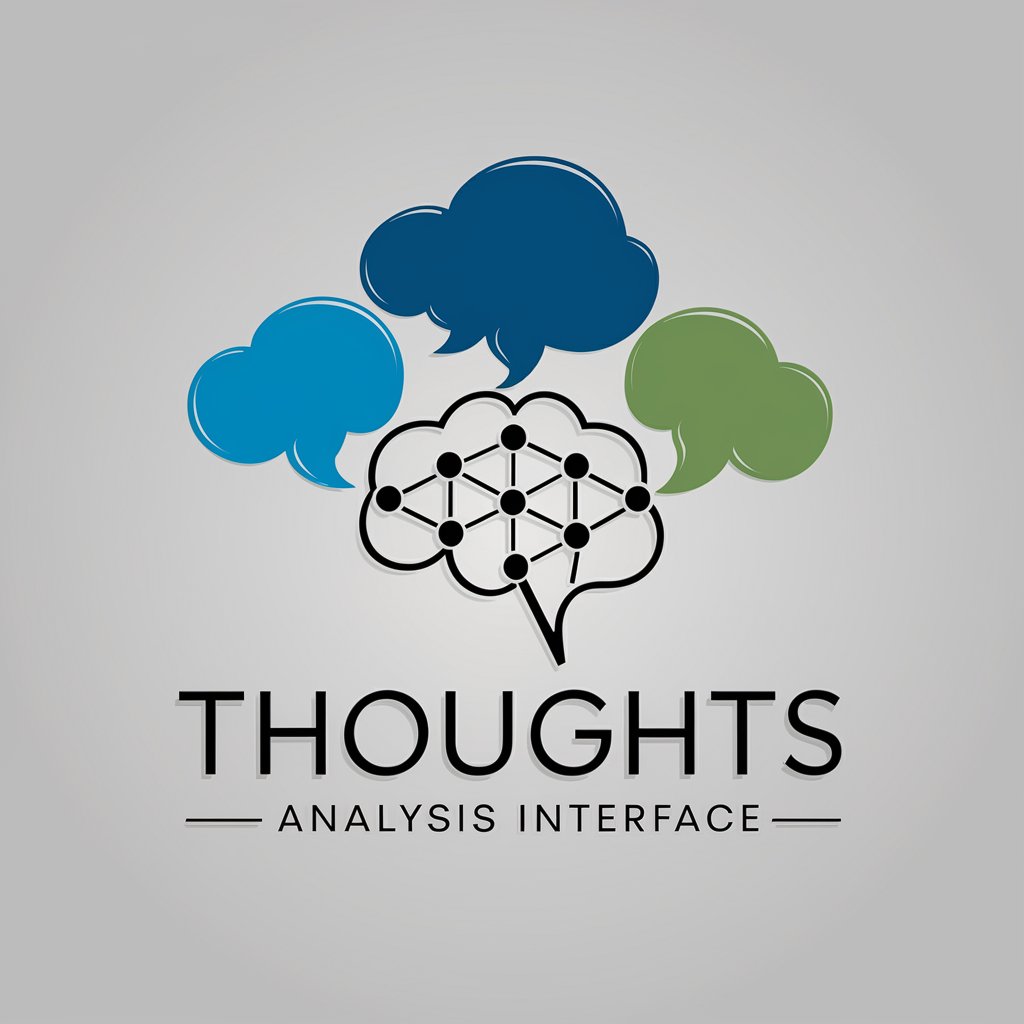
Welcome to the Thoughts Analysis Interface, your tool for understanding and organizing your thoughts.
Unlock Your Mind's Potential
Describe a recent thought and its impact on your actions.
Share a recurring thought and analyze its origin.
Reflect on a positive thought you had today and its alignment with your beliefs.
Analyze a challenging thought and how it influenced your decisions.
Get Embed Code
Understanding the Thoughts Analysis Interface
The Thoughts Analysis Interface is designed to help users understand and organize their thoughts through structured analysis. This tool categorizes a user's thought, identifies its origin, predicts likely resulting actions, and reflects on how the thought aligns with personal beliefs or experiences. For example, if a user expresses concern about an upcoming presentation, the interface would analyze the thought's source (e.g., anxiety about public speaking), predict actions (e.g., preparing more thoroughly), and reflect on alignment with personal beliefs (e.g., valuing preparation). This detailed analysis is presented in a clear, tabular format, making complex emotional and cognitive processes easier to understand and manage. Powered by ChatGPT-4o。

Core Functions of the Thoughts Analysis Interface
Thought Categorization
Example
Identifying whether a thought is based on fear, anticipation, reflection, etc.
Scenario
A user feels uneasy about a decision. The tool categorizes this unease as fear, stemming from uncertainty about the outcomes.
Origin Identification
Example
Determining the underlying cause or trigger of a thought.
Scenario
When a user thinks about avoiding social gatherings, the tool might identify introversion or past negative experiences as the origin.
Action Prediction
Example
Forecasting potential behaviors or actions that might result from the thought.
Scenario
A user considering a job change due to dissatisfaction might be predicted to start searching for new opportunities or upskill.
Alignment Reflection
Example
Reflecting on how a thought aligns with the user's personal values and experiences.
Scenario
If a user is thinking about lying to avoid conflict, the tool reflects on this thought's misalignment with the user’s value of honesty.
Ideal Users of the Thoughts Analysis Interface
Individuals seeking self-improvement
People interested in personal development who use the tool to better understand their thought patterns and align their actions with their values.
Therapy and counseling clients
Clients in therapeutic settings can use the tool to articulate and analyze thoughts and emotions, enhancing session productivity.
Business professionals
Professionals who face decision-making uncertainty and stress could use the tool to clarify their thoughts and improve decision-making processes.
Educators and students
Students learning about cognitive processes and educators teaching psychological or emotional regulation strategies can benefit from the practical applications of the tool.

How to Use Thoughts Analysis Interface
Step 1
Visit yeschat.ai to access a free trial, no login or ChatGPT Plus required.
Step 2
Choose 'Thoughts Analysis' from the available tools to start your session.
Step 3
Input a thought or statement you wish to analyze in the provided text box.
Step 4
Review the analysis categories such as 'thought origin' and 'predicted actions' to understand the interface outputs.
Step 5
Use the insights provided to reflect on how these thoughts align with your personal beliefs or actions, and consider how you might want to act on this information.
Try other advanced and practical GPTs
ZizeKond Thoughts
Engage with Žižek's Thought, AI-Powered

AI Thoughts
Deep Dive into AI with Intelligence

Japanese Traditional Culture Guide
Explore Japanese Culture with AI

Graph Maker
Craft compelling stories with AI-powered graphing.
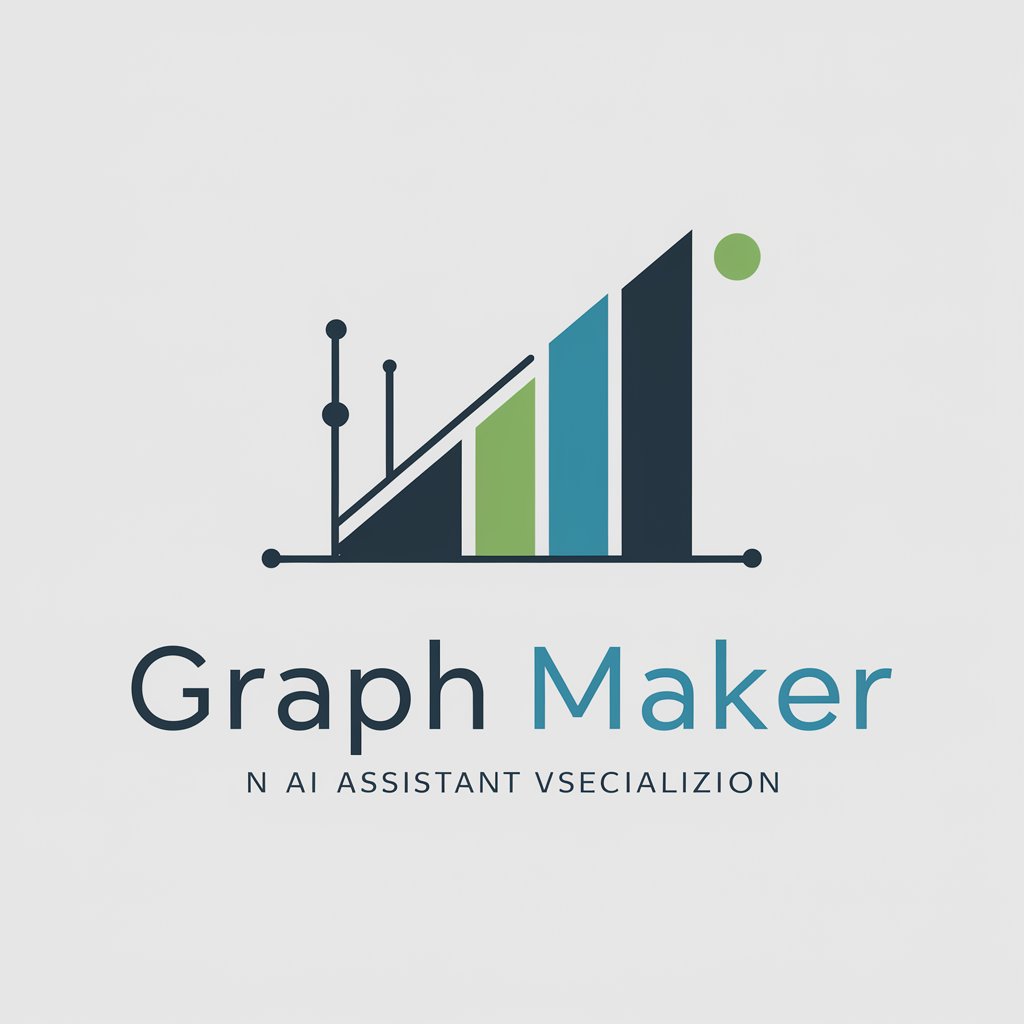
Stock Scanner + Signals (ThinkOrSwim code - SHWAB)
Elevate Trading with AI-Driven Signals

Tranquil Guide
Your Journey to Inner Peace, Powered by AI

Handey Thoughts
Elevating Humor with AI-Generated Wit
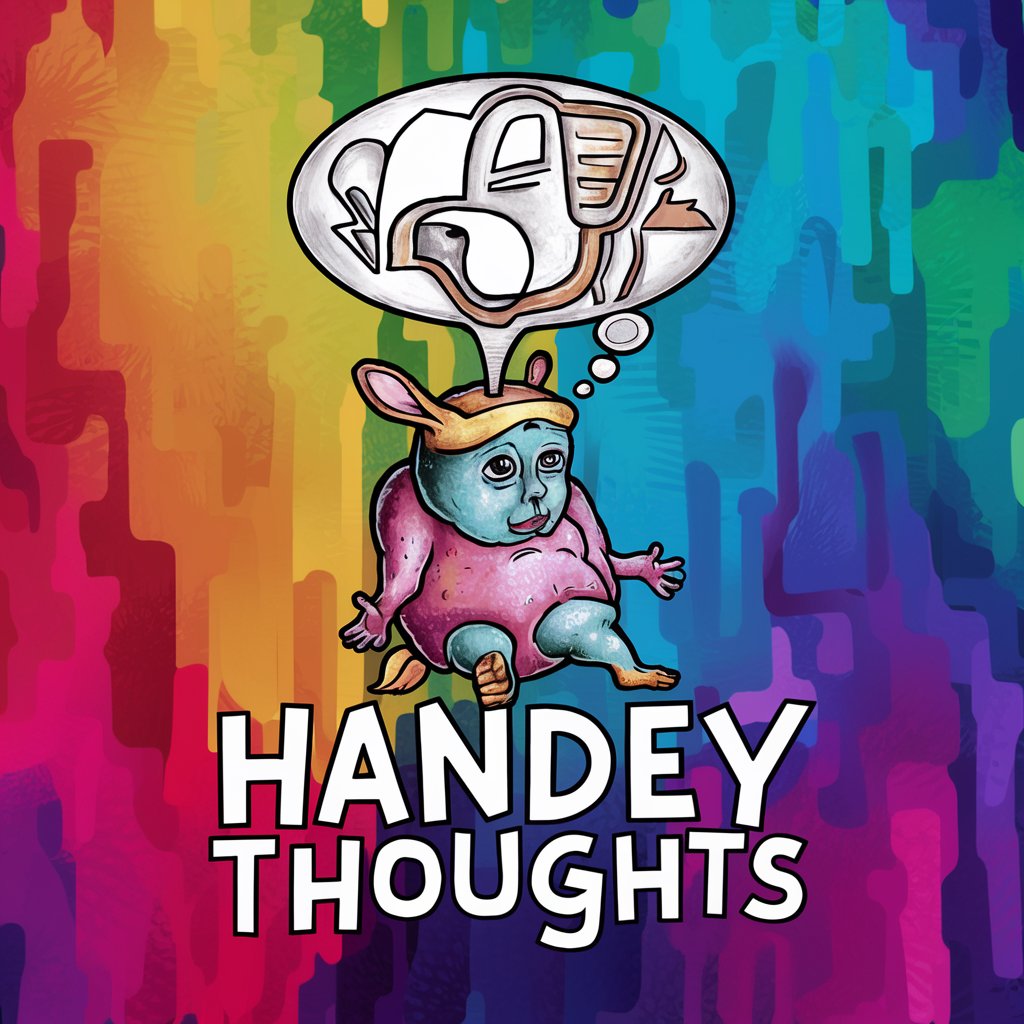
Comptia A+ Exam Study Coach
AI-Powered CompTIA A+ Exam Coach.

CGI Coder Full Code
Empowering CGI creativity with AI

Malware Reverse Engineer - Windows
Unraveling malware, AI-powered analysis.

LELIA - Mentor de Arte y Dibujo
Unleash Creativity with AI Art Mentorship

Creative Cash Drainer
Finance Fun, Powered by AI

FAQs about Thoughts Analysis Interface
What is the primary purpose of the Thoughts Analysis Interface?
The primary purpose is to help users analyze their thoughts, categorize them, and understand potential actions and the origin of these thoughts, assisting in greater self-awareness and decision-making.
Can the Thoughts Analysis Interface help me with mental health issues?
While it provides insights into thought patterns, it's not a substitute for professional mental health care. It can be used as a supplementary tool for reflection and personal growth.
How accurate is the analysis provided by the tool?
The tool uses advanced algorithms to analyze thoughts based on the data provided. However, the accuracy can vary and should be interpreted as part of a broader personal or therapeutic process.
Is there a way to save or track my analysis over time?
Currently, the interface does not track or save past analyses, encouraging users to focus on present thoughts. Users are encouraged to manually record insights if long-term tracking is desired.
Can I use this tool for academic research?
Yes, academics can use this tool to explore thought patterns in studies related to cognitive sciences, psychology, or similar fields, although ensuring ethical considerations and accuracy in research settings is crucial.
